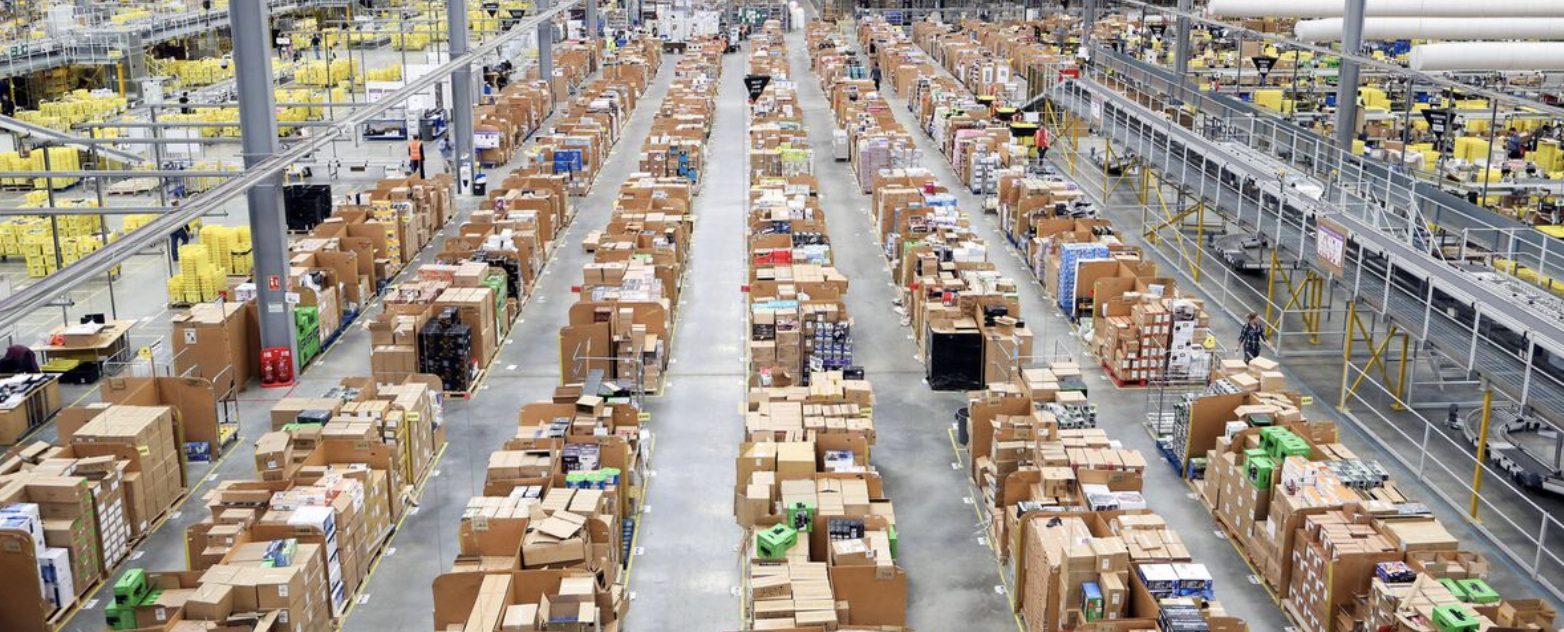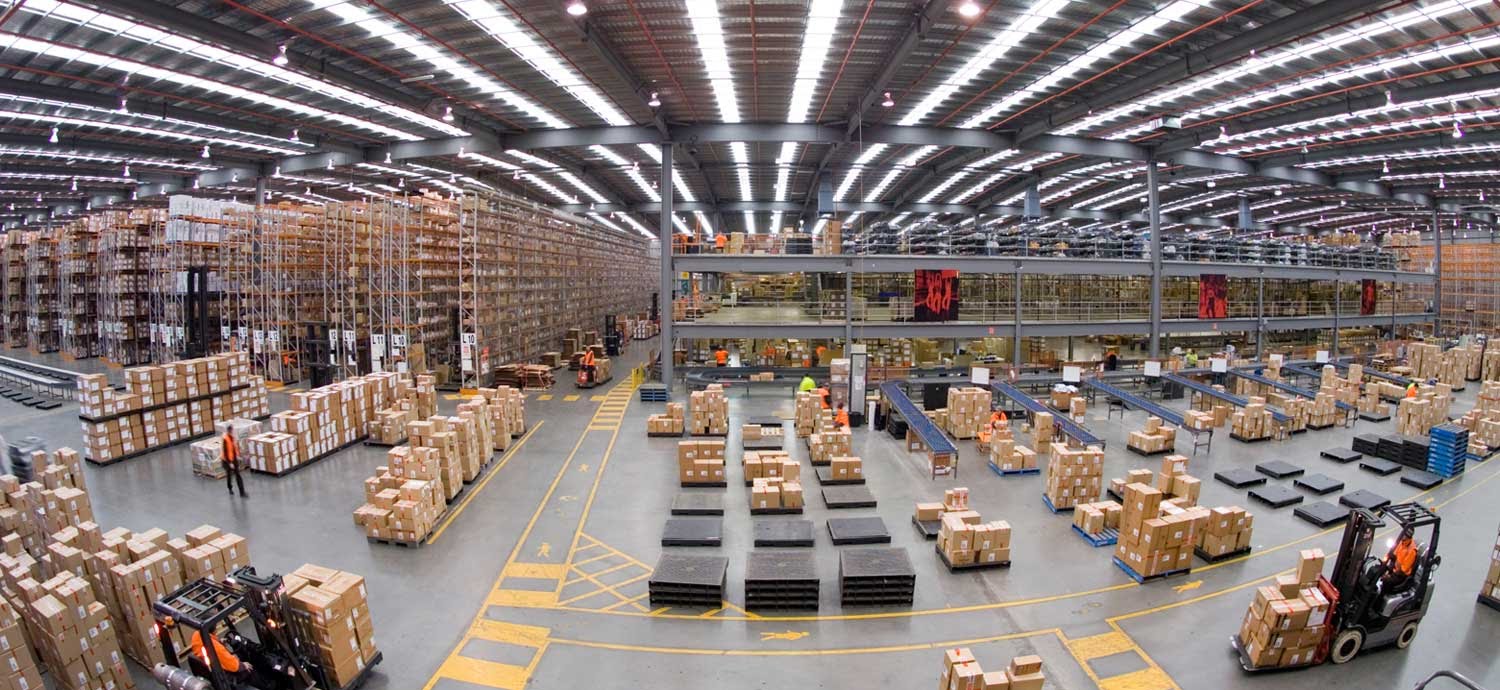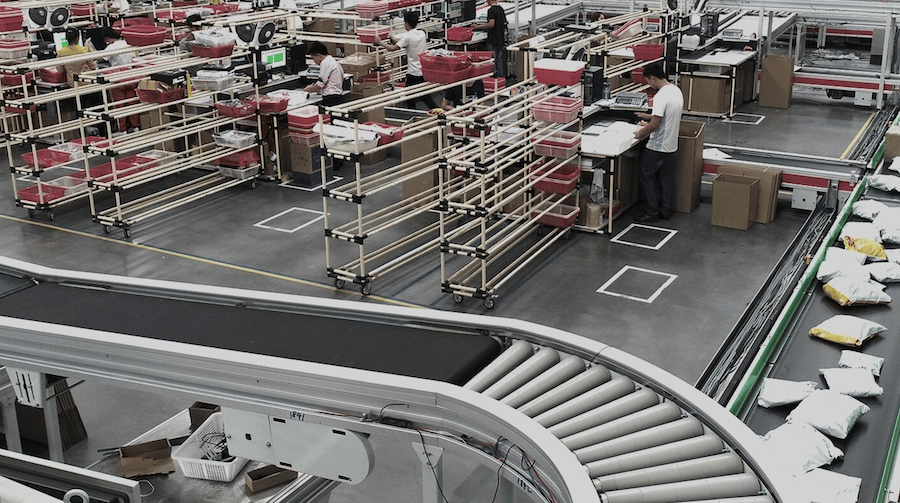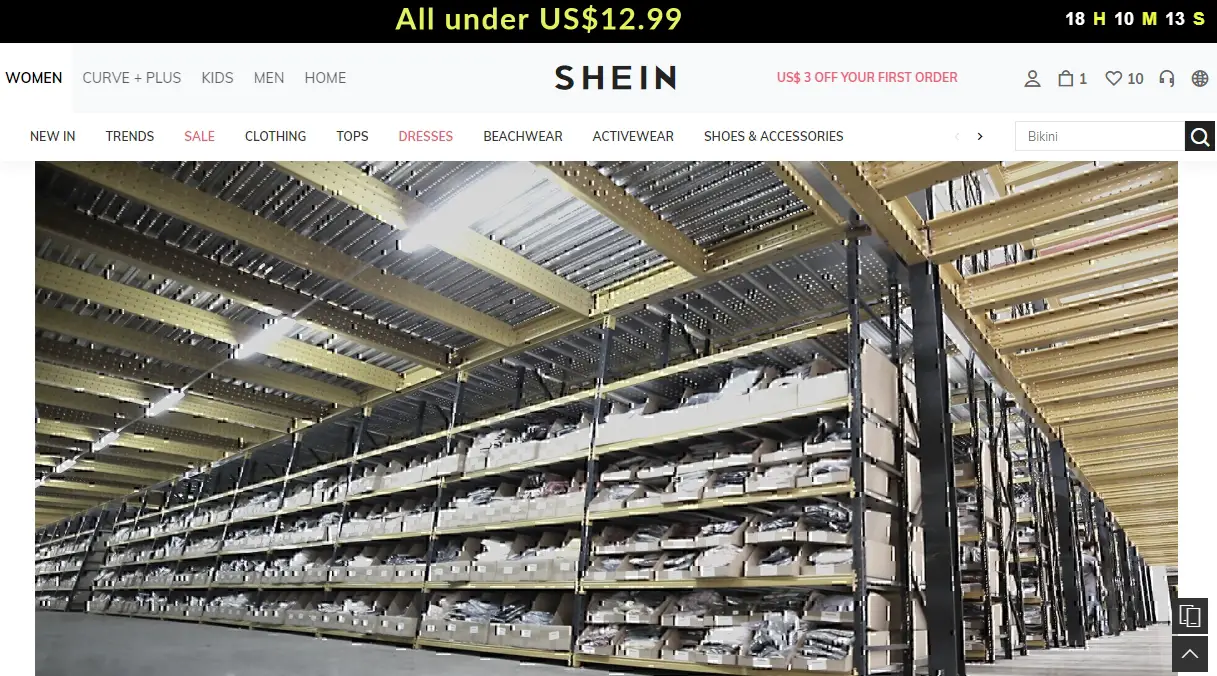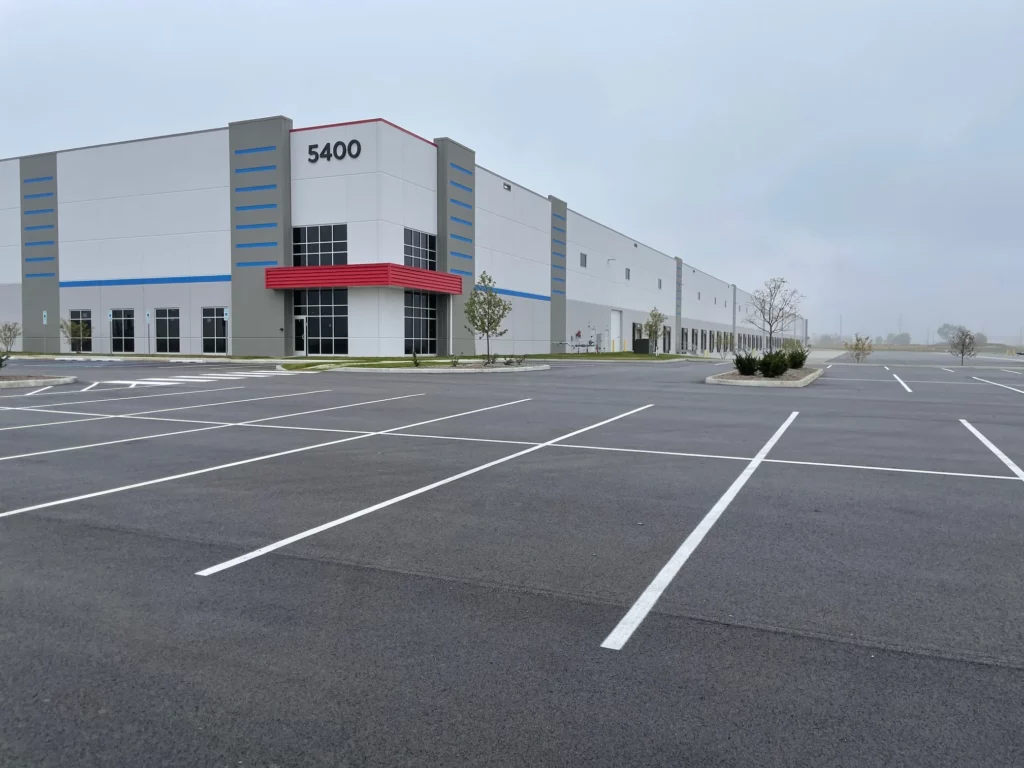Where Is Shein International Warehouse Located

The precise location of Shein's primary international warehouses remains a topic shrouded in some mystery. While the fast-fashion giant boasts a global reach and complex supply chain, pinpointing the exact address of its key distribution hubs is more challenging than it might seem.
This article delves into what is known about Shein's international warehousing network, exploring available information from official statements, industry reports, and supply chain analyses. Understanding Shein's warehousing strategy provides crucial insight into its operational efficiency, delivery times, and overall business model.
Shein's Global Footprint
Shein's business model relies heavily on its ability to quickly produce and distribute vast quantities of clothing at low prices. This necessitates a sophisticated and well-distributed warehousing system capable of handling enormous volumes of inventory. The company operates on a global scale, serving customers in over 150 countries.
The Guangzhou Connection
Most sources indicate that Shein's operational heart lies in Guangzhou, China. This megacity in Guangdong province is a major manufacturing and export hub. It is believed to house a significant portion of Shein's initial warehousing and distribution activities.
Reports often cite Guangzhou as the origin point for many Shein orders, especially those shipped directly to international customers. The proximity to numerous garment factories in the Pearl River Delta region gives Shein a logistical advantage in sourcing and consolidating products.
Expanding Beyond China
As Shein's popularity has soared, the company has strategically expanded its warehousing capabilities beyond China. This expansion is aimed at reducing shipping times and improving delivery efficiency for key markets. Establishing local warehouses allows Shein to circumvent lengthy international shipping processes.
Locations in the United States, Europe (particularly within countries like Belgium, Poland, and the Czech Republic), and the Middle East have become significant components of Shein's distribution network. These warehouses act as regional hubs, receiving bulk shipments from China and fulfilling orders within their respective geographic areas.
Challenges in Pinpointing Exact Locations
Despite the general understanding of Shein's warehousing regions, pinpointing the precise addresses of these facilities is difficult. Shein, like many large retailers, often utilizes third-party logistics (3PL) providers. 3PL partners manage warehousing and distribution on Shein's behalf.
This outsourcing obscures the direct connection between Shein and specific warehouse locations. While one might find information about a 3PL provider's warehouse address, it is not necessarily publicly disclosed which client, such as Shein, it is servicing within that facility.
Shein itself is also often reticent to disclose specific warehouse addresses for competitive and security reasons. Revealing this information could expose their supply chain infrastructure. It can create vulnerabilities for competitors and potentially compromise security protocols.
The Impact of Warehousing Locations
The location of Shein's warehouses significantly impacts several aspects of its business and its relationship with customers. Delivery times are directly correlated with the proximity of warehouses to the customer's location. Strategic placement of warehouses enables faster shipping and improved customer satisfaction.
Warehousing locations also affect shipping costs. By establishing regional hubs, Shein can reduce the distances over which individual packages must travel. This translates to lower shipping expenses for both the company and its customers. This cost-effectiveness is a crucial component of Shein’s affordable pricing strategy.
Furthermore, warehousing locations impact supply chain resilience. A diversified network of warehouses reduces Shein's dependence on any single location. This minimizes disruptions caused by factors like natural disasters, labor disputes, or geopolitical instability.
Looking Ahead
As Shein continues to grow and evolve, its warehousing strategy will likely adapt to meet increasing demands and shifting market dynamics. Expect to see further expansion into new regions and increased investments in automation and logistics technologies. These advancements are designed to enhance efficiency and reduce delivery times even further.
The ongoing focus on optimizing its warehousing network will be essential for Shein to maintain its competitive edge. The effort will also need to meet evolving consumer expectations regarding fast and affordable shipping. Shein's logistical prowess is a crucial pillar of its business model and a key factor in its continued success.
In conclusion, while the exact addresses of Shein's international warehouses remain somewhat elusive, the general geographic distribution is well-established. The company operates a complex network of facilities primarily located in China, the United States, Europe, and the Middle East. This strategic placement enables Shein to efficiently serve its global customer base.
